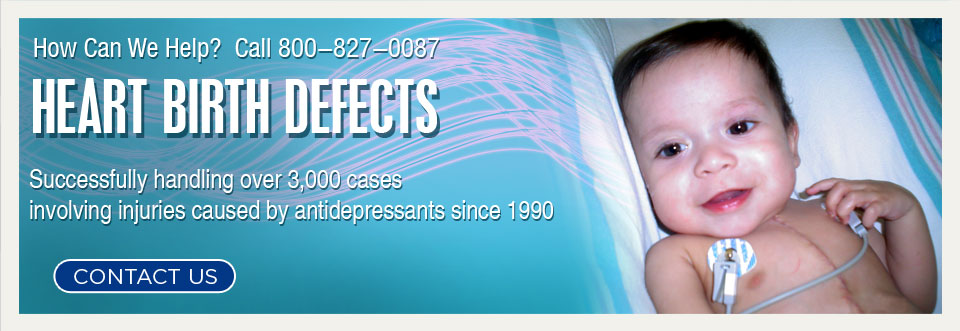Hypoplastic Left Heart Syndrome

Graphic courtesy of Centers for Disease Control and Prevention,
National Center on Birth Defects and Developmental Disabilities
HLHS Overview
Hypoplastic left heart syndrome (HLHS) is a rare congenital heart defect that occurs when the left side of a newborn’s heart is underdeveloped. When an infant is born with HLHS, most of the structures on the left side of the heart (left ventricle, mitral valve, aorta and aortic valve) are small and fail to completely develop. In a healthy infant, the left side of the heart receives oxygen-rich blood from the lungs and pumps it out to the rest of the body. When a baby has HLHS the circulation of blood becomes critically low. HLHS is a critical defect which is fatal if not treated within the first week after birth.
The following are structures found in the left side of the heart. These structures are usually affected by HLHS.
-
The lower left chamber of the heart, called the left ventricle, receives oxygen-rich blood from the left atrium and pumps it into the aorta. The left ventricle is a strong and muscular chamber designed to pump blood to the rest of the body. In an infant with HLHS, this chamber is poorly developed which means that the critical oxygen-rich blood is not reaching the rest of the body.
-
The mitral valve controls blood flow between the left atrium and left ventricle in the heart.
-
The aorta is the largest artery in the body. It carries oxygen rich blood from the left ventricle out into the rest of the body.
-
The aortic valve regulates blood flow from the heart into the aorta.
HLHS Symptoms
A newborn with a hypoplastic left heart may appear normal at first. It is not until the first few hours of life that symptoms begin to appear. Some symptoms take up to a few days to develop. The following are symptoms associated with HLHS:
- Lethargy
- Poor suckling and feeding
- Shortness of breath
- Rapid breathing
- Cold extremities
- Enlarged liver
- Poor pulse
- Pounding heart
- Bluish (cyanosis) or poor skin color
- Sudden death
HLHS Treatment
Hypoplastic left heart syndrome is irreversible and cannot be completely cured. The only available treatments for this condition are a series of surgeries or in very serious cases, a heart transplant.
In some cases, heart transplantation is considered the best treatment for hypoplastic left heart syndrome. In most cases however, HLHS requires a series of three surgeries.
After the initial diagnosis, a newborn is transferred to the neonatal intensive care unit where a ventilator may be used to help with breathing. The series of surgeries then begins, usually within the first few days of life. The first procedure is called the Norwood operation. During this procedure the surgeon builds an aorta and inserts an artificial shunt that will maintain blood flow to the lungs.
The second procedure, called the Glenn shunt or Hemi-Fontan procedure, usually occurs when a baby is four to six months of age. During this procedure, surgeons remove the shunt placed during the Norwood operation and important artery connections are made to reduce the work of the right ventricle.
The final procedure is called the Fontan procedure. This surgery is usually performed before a child is three-years-old. The goal of this procedure is to connect the remaining blood vessels carrying blood from the body to the blood vessels carrying blood to the lungs.
A child born with HLHS will need long-term monitoring as their reconstructed heart grows. Some children will need to take heart medication. In some cases, patients will need additional surgeries in their 20s and 30s.
HLHS Causes
Studies have suggested that the use of certain antidepressants during pregnancy could raise the risk of heart defects like HLHS in newborns. Women who take antidepressants while pregnant are at a potentially higher risk of having babies with serious birth defects.
Baum Hedlund is investigating if there is a link between the use of antidepressants in pregnancy and birth defects like hypoplastic left heart syndrome. |



